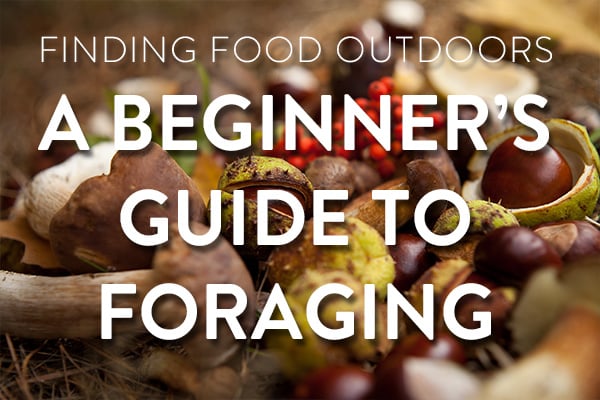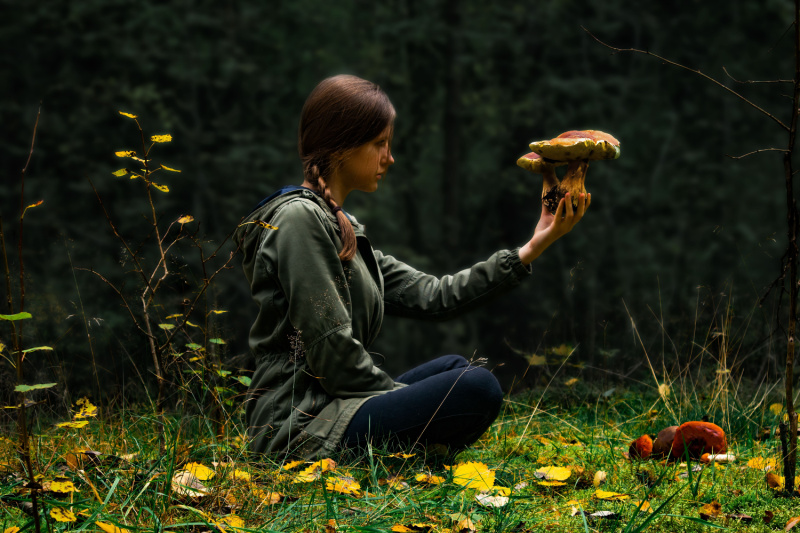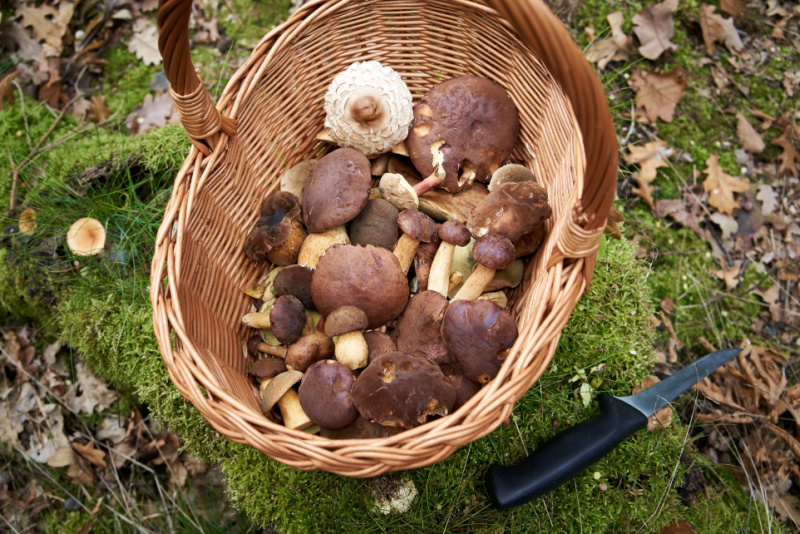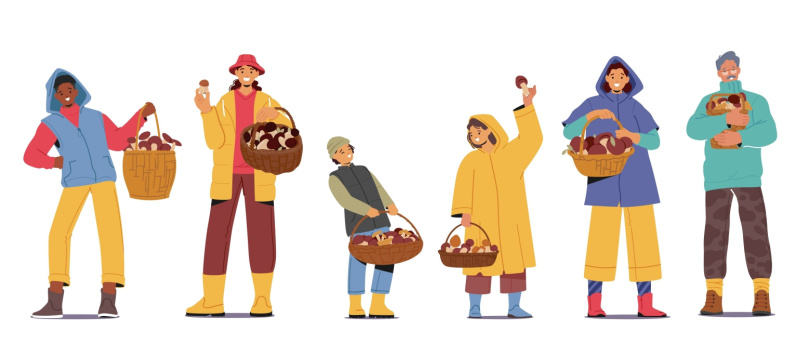
People have foraged for food for generations, and even with the ability to walk or drive to the grocery store whenever you need to, some people find that they can find better alternatives in nature. These natural foods growing around us provide essential vitamins and minerals and tend to have them in spades compared to the assembly-line food found in stores. Going out and foraging for yourself also provides great exercise; it’s basically the best combination of gardening and hiking that any person could ask for. Foraging provides people with a chance to truly experience the natural world the same way their ancestors would have, but it is important to follow some basic guidelines to keep the process safe and sustainable.
Proper Identification of Wild Edibles

- Don’t eat any plant you pick unless you’re 100% sure that it’s not poisonous.
- Don’t be afraid to learn from someone who is more experienced than you. They can give you a higher level of confidence when you go out and forage for yourself.
- If you can’t find a mentor, consider getting a good field guide that can help you positively identify plants and learn about ones that you may not have found yet. These books should include a broad range of plants in your area with line drawings or clear photos to better help you identify plants. Your foraging guide should also include information on how palatable the plants are; there’s a difference between a plant that’s edible and a plant that actually tastes good.
- Research the more dangerous species in your area before you go out. The more you know about them, the easier it will be to steer clear of them.
- Most plants have a common name and a Latin name. Take the time to learn the Latin names as well, as they’re more consistent and reliable than the common names.
- Don’t limit identification to appearance alone. Plenty of plants look similar to each other but have varying levels of edibility. Learn how to tell the difference between them by smell and texture as well. Many poisonous plants smell terrible to deter people from eating them. Keep in mind, though, that while you should use most of your senses, taste shouldn’t be used unless you’re absolutely sure that the plant isn’t poisonous.
- Learn about companion plants, or plants that are commonly found near other species. This knowledge can help you pinpoint exactly what plant you’re looking at.
- As the seasons change, what you see while foraging will change, too. Learn about the types of plants that grow in each season as well as how some common plants look in different seasons. You may be able to spot a poisonous plant in spring easily but completely misidentify it in winter.
- Not every part of a plant may be edible, so it’s important to learn which parts are safe and which parts are not.
- Keeping a journal can help you to organize what you’ve learned and remember where certain plants are the next time you go out foraging. Over time, you may also be able to create a calendar of what plants will be growing when.
Sustainability

- The plant population is limited, and even when a plant grows in large numbers, you should still respect the colony and not collect more than 10% of it at a time. Over-harvesting could lead to a lower population in the future, which will make it harder to forage down the line.
- Don’t forage protected or rare edible plants.
- You don’t need to pick the entire plant if you’re not going to use the whole thing. Only pick the parts you plan to use.
- Try growing some of these plants yourself in your own kitchen garden. Many edible wild plants are easy to transplant and propagate, so instead of putting pressure on wild populations, you can practice sustainable foraging by just taking a few wild plants and then growing more at home.
Safety

- Don’t forage near busy roads or other places where air or water pollutants may be present. These toxins can settle into the soil long after the traffic dissipates. You should also steer clear of areas sprayed with pesticides.
- Know the water source for wild plants, especially if you plan to eat them raw. Even if a plant is normally edible, if it’s been contaminated by heavy metals and chemicals, it becomes just as bad as an outright poisonous plant.
- Don’t forage plants that don’t look healthy. If they’re affected by fungi, pests, pollution, or disease, they could get you sick. Even cooking the plants thoroughly may not be enough to keep you safe.
- Depending on the area you’re in, you may need to get permission to forage, especially if you want to do so on private property.
Common Edible Weeds and Mushrooms

When you’re just getting started with foraging, it’s best to start with edible plants and mushrooms that are easy to find and anybody can identify. Some great starting points that are common in outdoor habitats like lawns, parks, and suburban areas include:
If you’re still unsure about what plants you can forage, it’s beneficial to consult a reference guide that has a detailed list of safe species to look for.
Improve Your Foraging Skills

The more you go out and forage, the more proficient in it you’ll become. Every time you go out, you should attempt to learn about a new edible plant; over time, you’ll slowly grow your knowledge of all of the plants in your area and how they can be used. As you continue to go foraging, you’ll get more comfortable with what the natural world has to offer that you can use in your kitchen.
